Library Hand, the Fastidiously Neat Penmanship Style Made for Card Catalogs
Oh, the uniformity!
In September 1885, a bunch of librarians spent four days holed up in scenic Lake George, just over 200 miles north of New York City. In the presence of such library-world luminaries as Melvil Dewey—the well-organized chap whose Dewey Decimal System keeps shelves orderly to this day—they discussed a range of issues, from the significance of the term “bookworm” to the question of whether libraries ought to have a separate reference-room for ladies.
They then turned their attention to another crucial issue: handwriting. As libraries acquired more books, card catalogs needed to expand fast in order to keep track of them. Though the newly invented typewriter was beginning to take hold, it took time and effort to teach the art of “machine writing.” Librarians still had to handwrite their catalog cards. And this was causing problems.
“The trouble in handwriting,” said Mr. James Whitney, of the Boston Public Library, “is that there is apt to be too much flourishing.”
Professor Louis Pollens of Dartmouth College agreed: “We want a handwriting that approaches as near to type as possible, that will do away with individual characteristics.”
A Mr. C. Alex Nelson, of the Astor Library in New York, then mentioned that “T.A. Edison, the inventor” had lately been experimenting with penmanship styles in order to find the most speedy and legible type of handwriting for telegraph operators. Edison, Nelson recalled, had ultimately selected “a slight back-hand, with regular round letters apart from each other, and not shaded.” With this style, Edison was able to write at a respectable 45 words per minute.
Hearing this, Dewey set out a catalog-minded mission for the group: “We ought to find out what is the most legible handwriting.”
This was the beginning of “library hand,” a penmanship style developed over the ensuing year or so for the purpose of keeping catalogs standardized and legible.

Influenced by Edison and honed via experimenting on patient, hand-sore librarians, library hand focused on uniformity rather than beauty. “The handwriting of the old-fashioned writing master is quite as illegible as that of the most illiterate boor,” read a New York State Library School handbook. “Take great pains to have all writing uniform in size, blackness of lines, slant, spacing and forms of letters,” wrote Dewey in 1887. And if librarians thought they could get away with just any black ink, they could think again real fast. “Inks called black vary much in color,” scoffed the New York State Library School handwriting guide.
Dewey and his crew of “a dozen catalogers and librarians” spent, in his estimation, “an hour daily for nearly an entire week” hashing out the rules of library hand. They started by examining hundreds of card catalogs, looking for penmanship problems and coming up with ways to solve them. They concluded that the “simpler and fewer the lines the better,” and decided that, while a slant was best avoided, a slight backward slant was acceptable. Then they got to the more nitty-gritty stuff, such as whether to opt for a “square-topped 3” or a “rounded-top 3.” (The rounded-top 3 won out, as it is less likely to be mistaken for a 5 during hasty reading.)

Since the aim was legibility, not haste, library hand wasn’t so speedy to execute—but the pace depended on the scribe. Dewey conducted a test in which four cataloguers wrote the Lord’s Prayer in both “catalog hand” and their standard note-taking hand. One cataloguer took three-and-a-half minutes in note-taking hand and almost 12 minutes in catalog hand. But another took three-and-a-half minutes in note-taking hand and four-and-a-half minutes in catalog hand. And the time saved among librarians who had previously mistaken 3s for 5s was priceless.
Now that card catalogs have been replaced by electronic indexing, library hand is a rare sight—unless you know where to look. After the New York Public Library removed its physical card catalog in 1971, every card was photographed and composited onto the pages of an 800-volume set of black books. These books, collectively known as the Dictionary Catalog of the Research Libraries of the New York Public Library, 1911-1972, can be found on public shelves in the main branch of the NYPL, as well as in over 65 libraries around the world. Though most of the cards are typed, you’ll find many examples of library hand in these black books. Below is a selection.


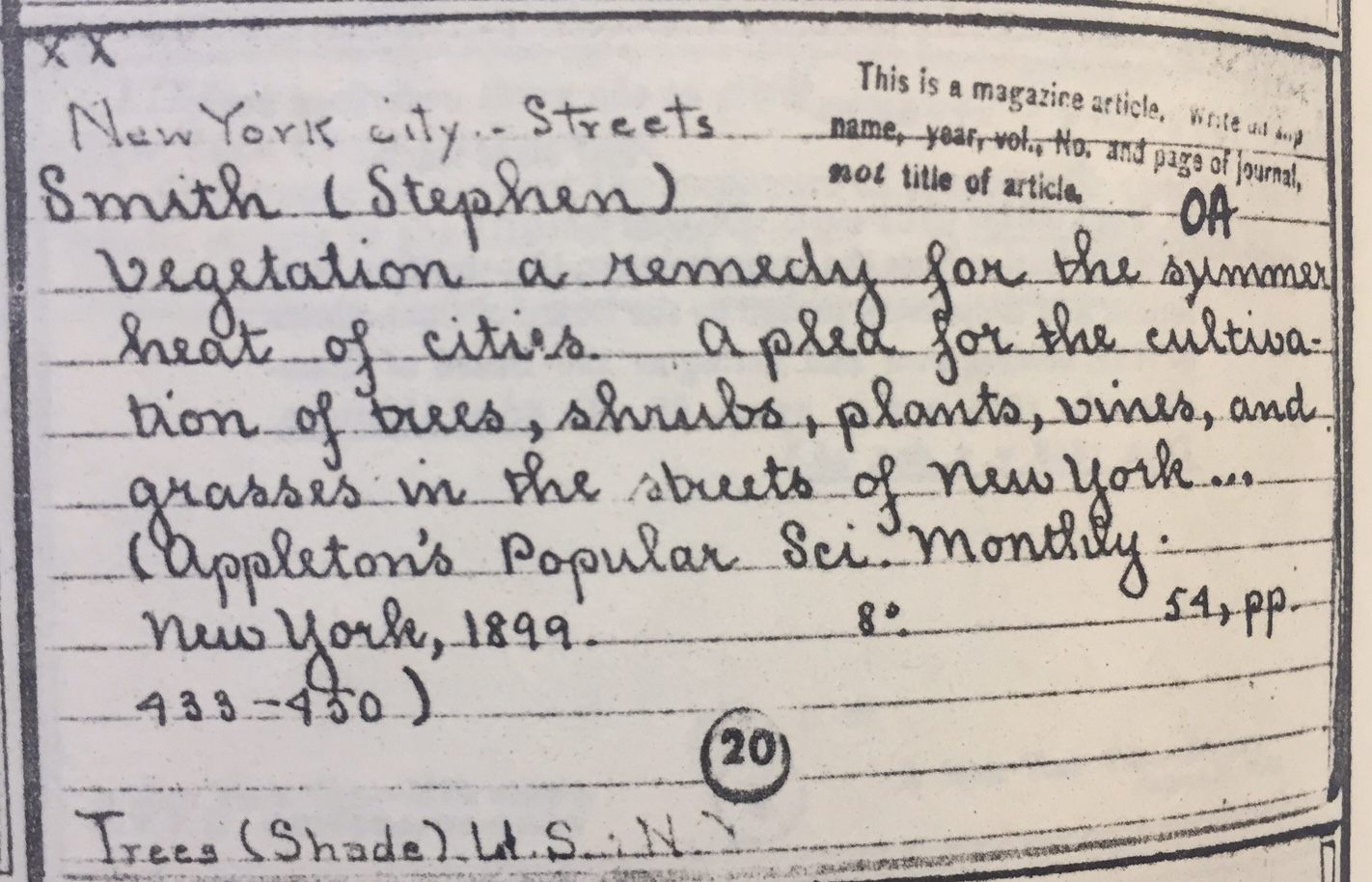
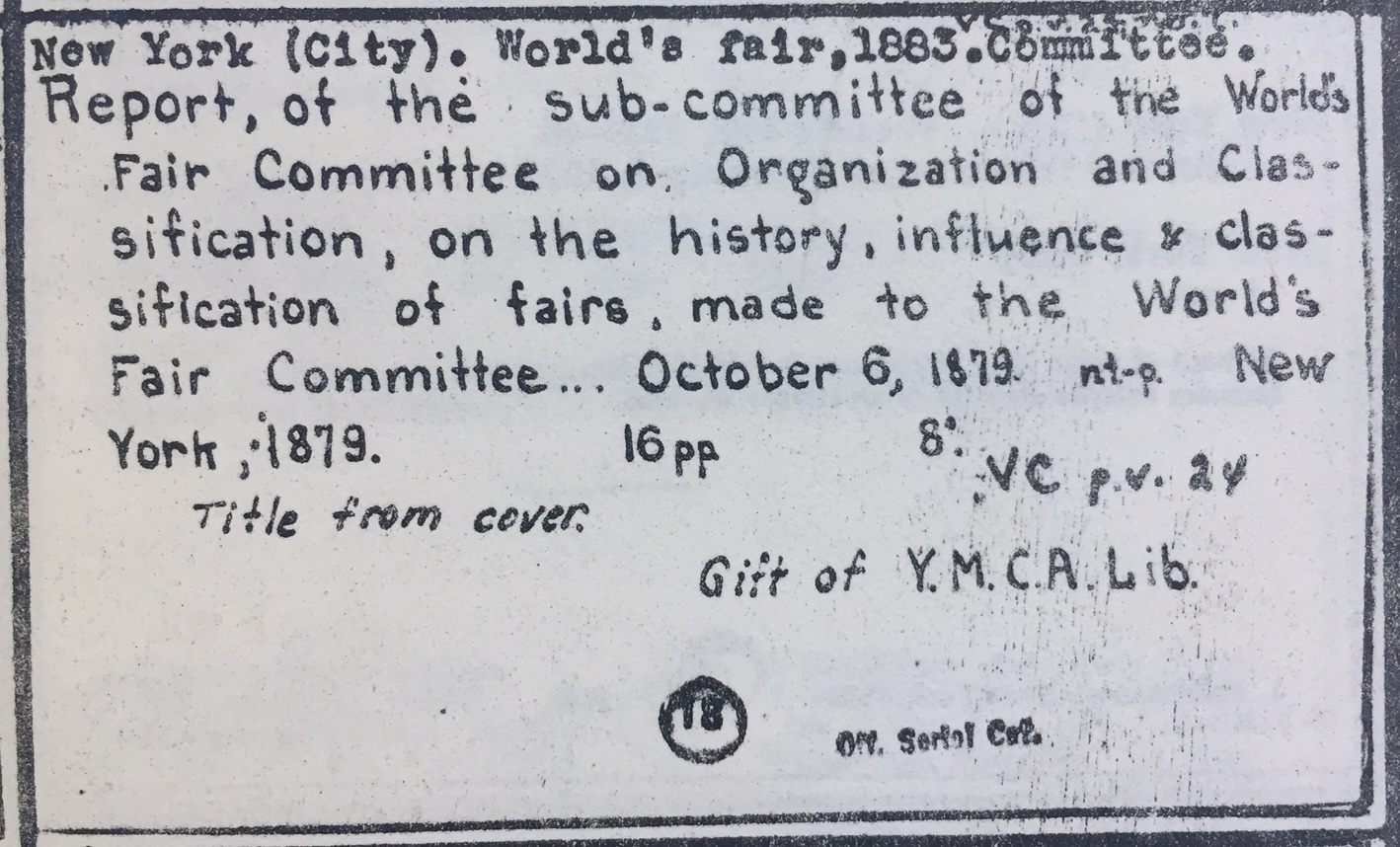
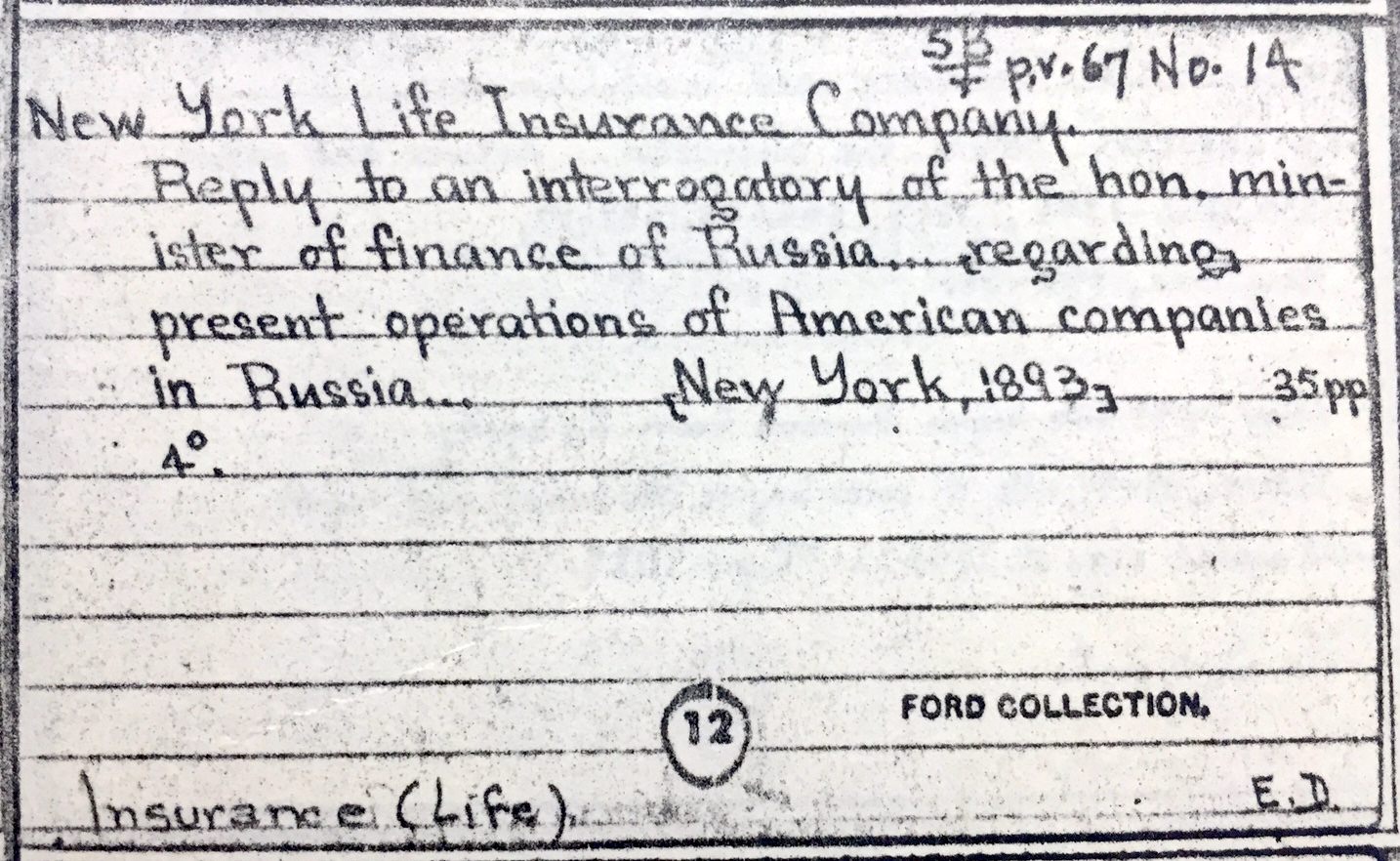


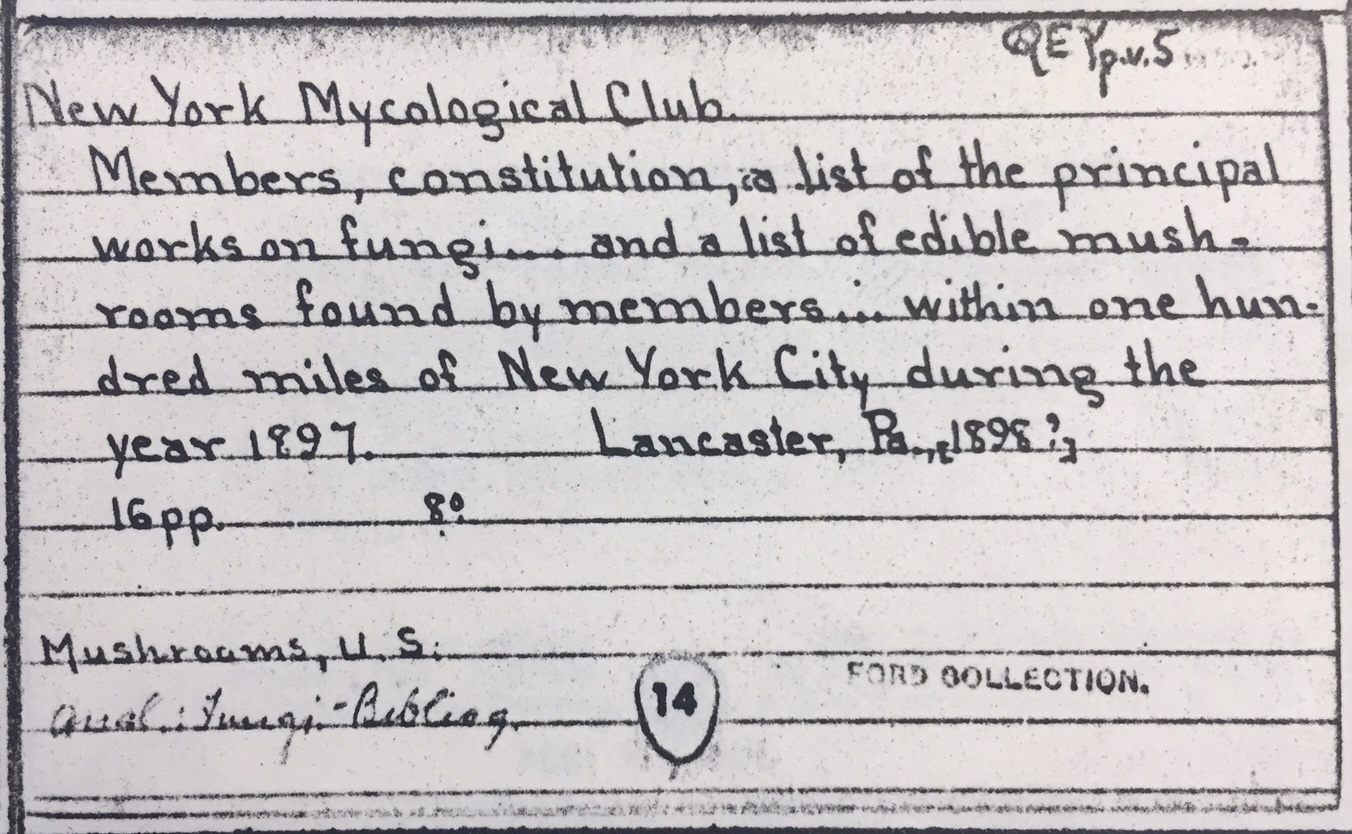
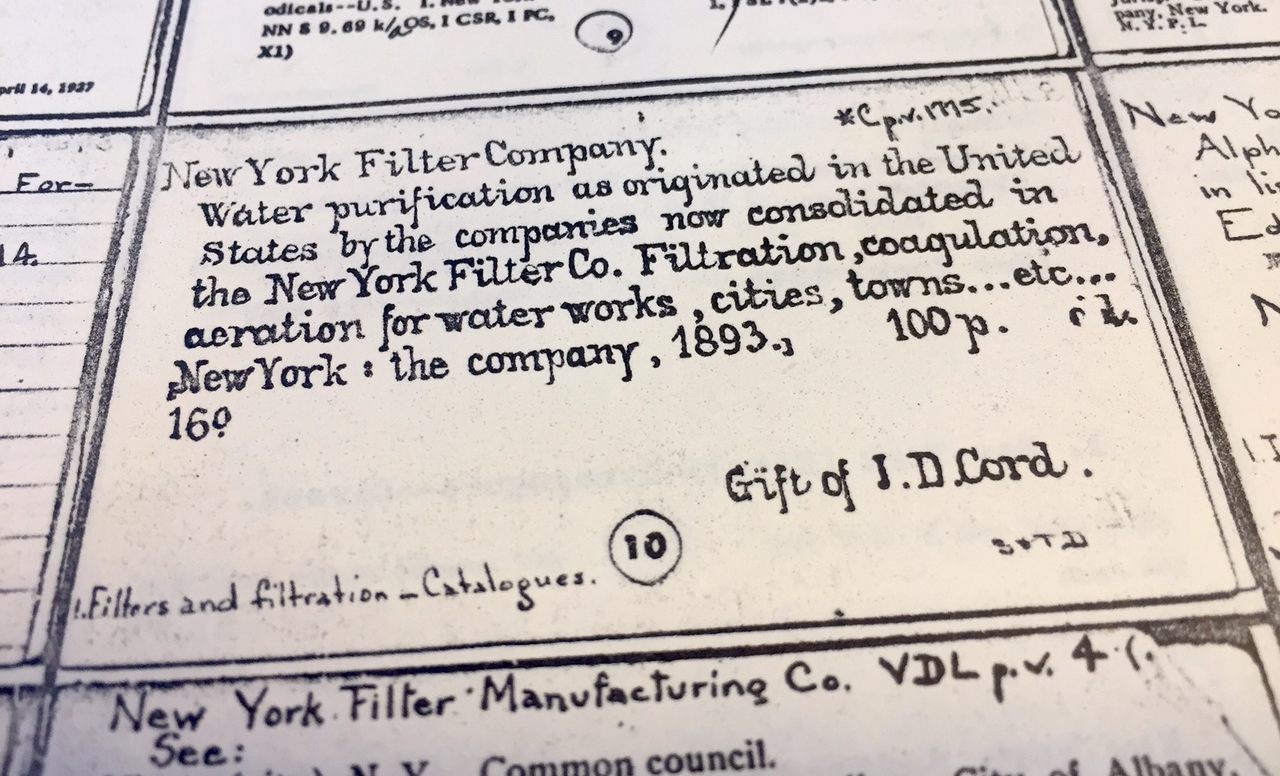


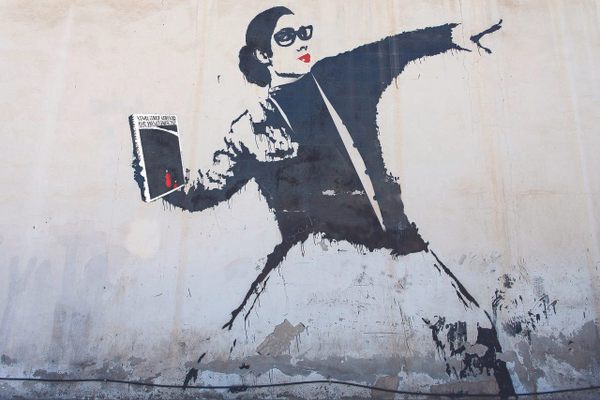







Follow us on Twitter to get the latest on the world's hidden wonders.
Like us on Facebook to get the latest on the world's hidden wonders.
Follow us on Twitter Like us on Facebook